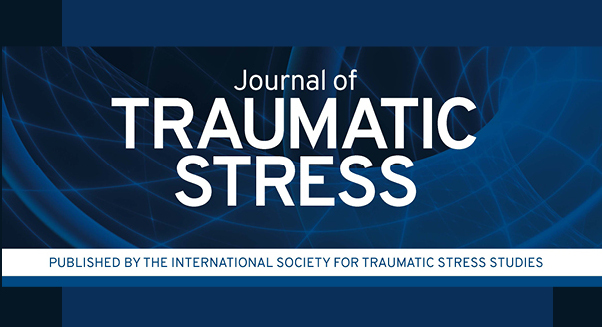
Gerald and Patricia Turpanjian School of Public Health Publishes on Posttraumatic Stress Disorder after the 1988 Earthquake
2 min readThe American University of Armenia (AUA) Gerald and Patricia Turpanjian School of Public Health (SPH) recently published an article titled “Posttraumatic Stress Disorder 23 Years After the 1988 Spitak Earthquake in Armenia” in the Journal of Traumatic Stress, one of the highly ranked peer-reviewed scientific journals in the field of traumatic stress. The journal is published by the International Society for Traumatic Stress Studies, and provides platform for interdisciplinary discussions on biopsychosocial aspects of trauma.
The paper, authored by Drs. Armen Goenjian, Vahe Khachadourian (MPH 2011), Haroutune Armenian, Anahit Demirchyan (MPH 1999), and Alan Steinberg, aims to assess whether individuals exposed to the 1988 Spitak earthquake continue to experience posttraumatic stress disorder (PTSD), and if so, whether severity and rates of PTSD continue to exhibit an association with the “dose of exposure”. Additionally the study investigated potential predictors of PTSD severity from among selected pre-, peri-, and post-earthquake variables. The main findings of the study include:
- PTSD rates subsided significantly after the disaster; however, earthquake-related PTSD persisted among a subgroup of exposed individuals.
- Participants with a higher exposure to the earthquake continued experiencing higher rates of PTSD.
- Risk factors associated with PTSD rates 23 years after the earthquake included: depression during the early post-earthquake period, exposure to post-earthquake traumas, earthquake-related job loss, and chronic illness since the earthquake.
This publication is the latest in the series of papers based on the Post-earthquake Psychopathological Investigation (PEPSI) study, which followed a cohort of the 1988 Spitak earthquake survivors for over two decade. This is a unique epidemiological study that has prospectively followed earthquake survivors and investigated their PTSD rates for a long period of time.
The study, funded by the Turpanjian Family Educational Foundation, can be accessed here.
The AUA Gerald and Patricia Turpanjian School of Public Health works actively to improve population health and health services in Armenia and the region through interdisciplinary education and development of public health professionals to be leaders in public health, health services research and evaluation, and health care delivery and management.
